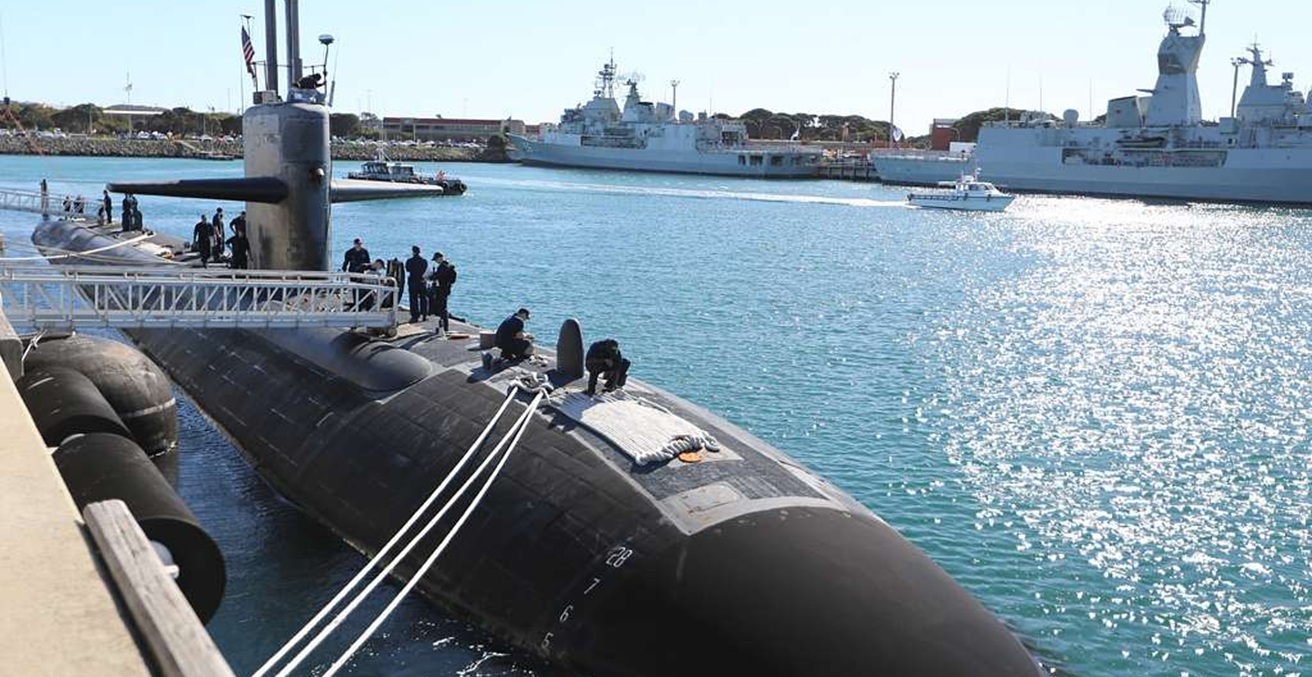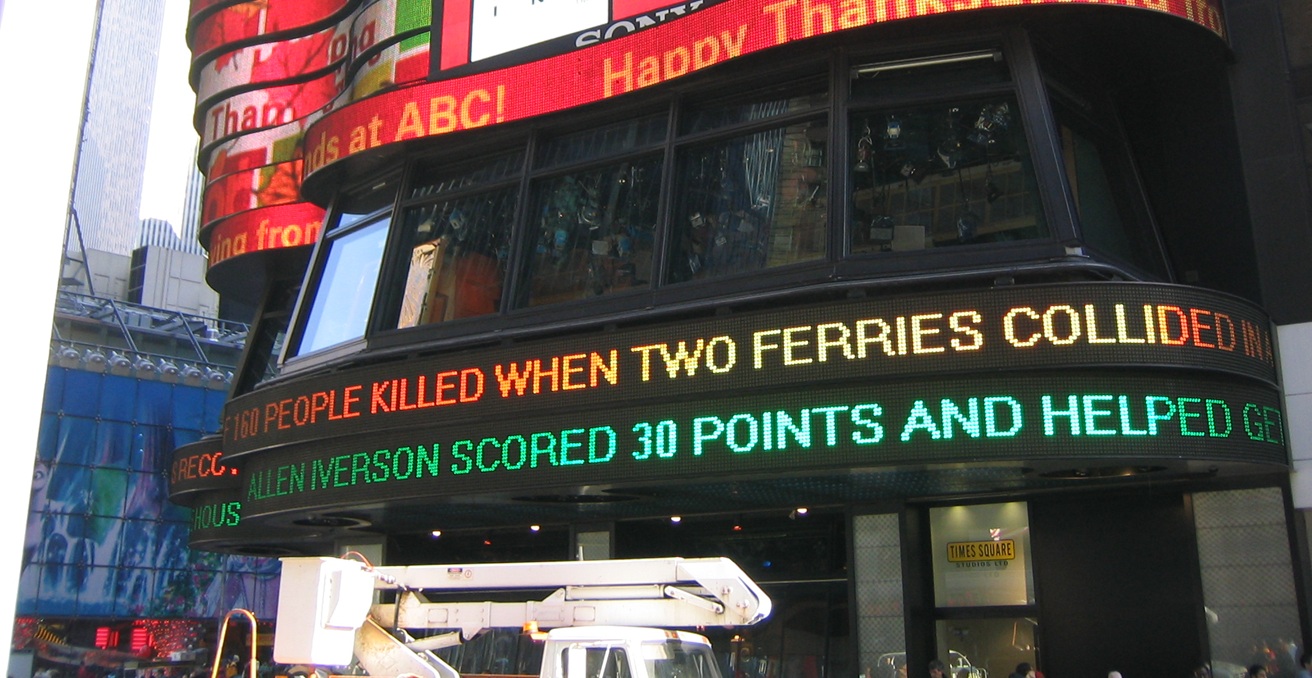Mustafa Hamid and Leah Farrall brush aside the inconsistencies that illustrate the myth of jihad in order to clarify the reality of the contemporary conflicts in Afghanistan that have shaped and continue to influence the social, political and cultural dimensions of the Middle East today.
It would take a brazen revisionist or a blinkered idealist to argue that this book should not exist. It should be unnecessary for Mustafa Hamid, a senior mujahideen figure and a veteran of the Afghan conflict against the Soviet Union, and Leah Farrall, a former counter-terrorism analyst with the Australian Federal Police and now academic, to have to justify that ‘enemies’ could have a dialogue.
In fact, the remarkably insightful oral history that emerges from this book, thanks to the sharpened memory of Hamid and analytical insight of Farrall, speaks for itself.
The origins of Al-Qaeda, the Taliban and the consequences of the Soviet Union’s foray into Afghanistan form the backbone of the historical frame illustrated by Hamid and Farrall, beginning in 1979 and ending with the situation currently enveloping the Middle East. However, what separates this historical frame from the traditional accounts of Afghanistan in the closing stages of the Cold War, is the focus on the intricate evolution of waging jihad.
The narrative emphasises individuals, especially Abu Abdullah (or Osama bin Laden), who then become strong figures in the mujahideen ranks and go on to form their own organisations with their own ideas of waging jihad. Abu Abdullah begins as a wealthy Saudi donor in 1979 and ends up leading the newly established Al-Qaeda through a series of attacks against the Soviets, the Afghan forces and finally America, from 1987 and onwards, creating a cult of personality that drew in new recruits and alienated senior mujahideen figures. “The Arabs follow a leader” reminds Hamid, “not an idea; they find a person they trust and then they follow him – not the idea”.
In fact, the focus on personality and the individual continually surfaces, aided by the substantial and exhaustive reference lists of individuals and organisations at the beginning of the book. The political infighting, competition for resources, courting of wealthy donors and the occasional assassination, only consolidates the human dimension of jihad. “Often the Arab-Afghan jihad is studied in ideological terms”, remarks Farrall, “and people are perceived to have joined the jihad because of ideology…But although religious convictions may have driven people to volunteer for the jihad, many people joined these two leaders not because of ideology but because they wanted to fight”.
As with any work of history, the emphasis has to be on how it can be used; the lessons that emerge from this oral history about the individuals who define and wage jihad are imperative to any discussion concerning contemporary Middle Eastern affairs. It also warns of what might emerge from the crisis in Syria today, just as Al-Qaeda grew out of the jihad against the Soviets during the 1980s.
Mustafa Hamid and Leah Farrall, The Arabs at War in Afghanistan, Hurst and Company, 2014
Dr. Laurens J. Visser is a sessional lecturer and tutor at the School of Global, Urban and Social Studies, RMIT University, Melbourne. This article can be republished with attribution under a Creative Commons Licence.




